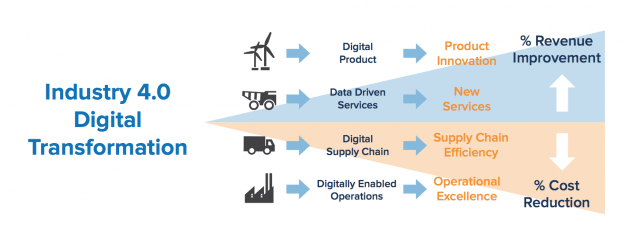Tag: big data analytics
-

Industry 4.0 & Big Data
Industry 4.0 If you work in a manufacturing related industry, it’s difficult to escape the ideas and concepts of Industry 4.0. A brainchild of the German government, Industry 4.0 is a framework that is intended to revolutionize the manufacturing world. Similar to what the steam engine did for us earlier in the last century, smart usage…
-
Big Data – Can’t ignore it?
Big data 2012 is almost over and I just realized that I have not yet posted a single entry about big data. Clearly a big mistake – right? Let’s see: Software vendors, media and industry analysts are all over the topic. If you listen to some of the messages, it seems that big data will…